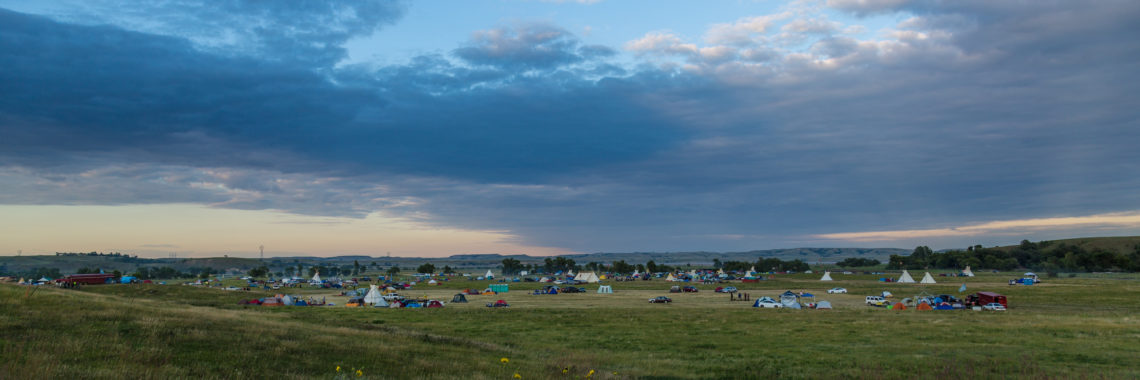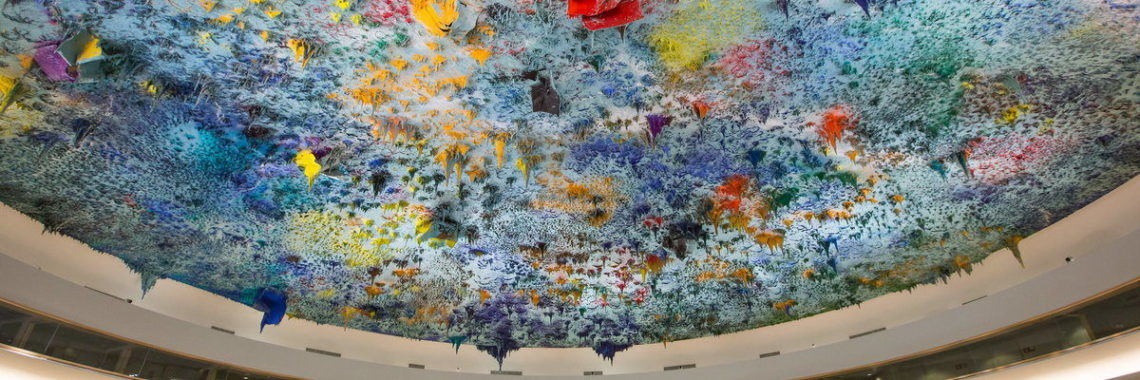“Equality or Need: A Theological Look at the 2020 Democratic Presidential Candidates’ Tax Plans (Part 3)” by Allen Calhoun
—Part III— Parts I and II of this article surveyed the 2020 Democratic presidential candidates’ tax proposals, particularly those (like the wealth tax proposals) that seek to reduce economic inequality, and located those proposals in the history of tax philosophy. This Part III places that largely post-Enlightenment philosophy of taxation in dialogue with the longer…











